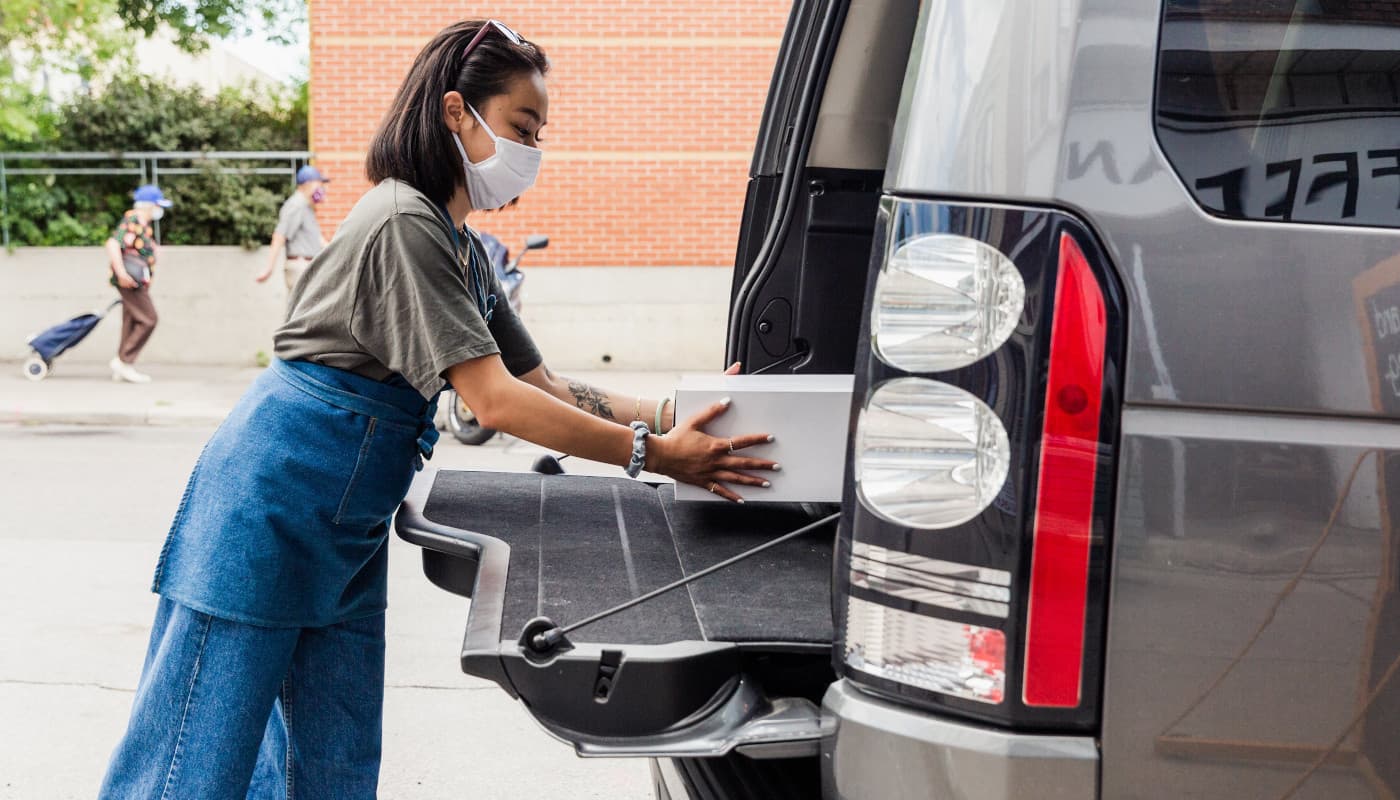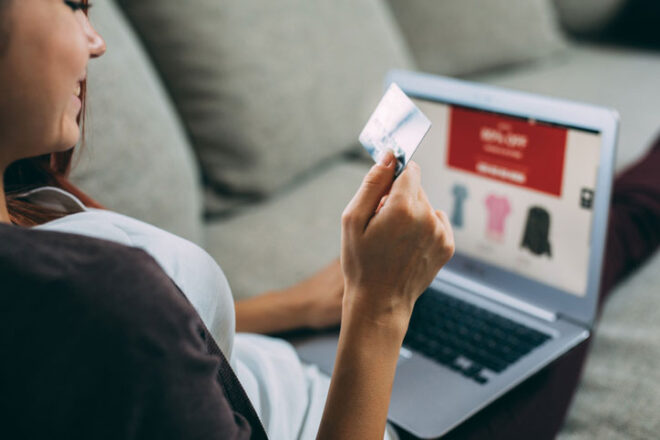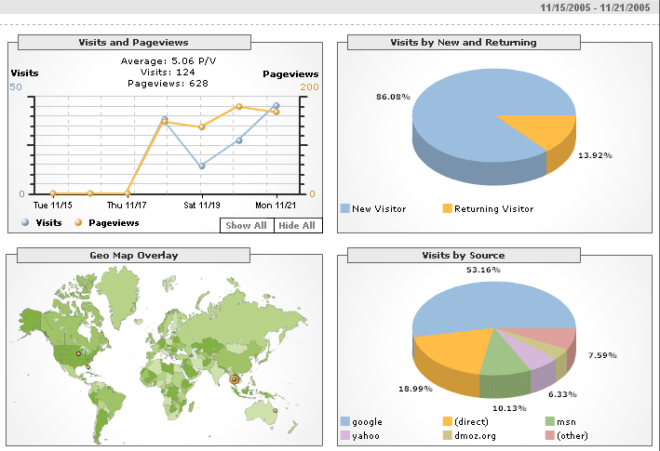In the early days of COVID-19, restaurants were the primary drivers behind this trend, using curbside pickup in lieu of traditional indoor eating or delivery. However, this alternative version of a “drive-thru” has also become increasingly popular with retailers. In fact, some big-box stores had already adopted a similar “buy online, pick up in-store” (BOPIS) model long before the pandemic.** If you sell physical items – from food to gadgets to clothes – there’s a good chance curbside pickup might be the right choice for your business.
What are the advantages of curbside delivery?
The most obvious benefit of this retail trend is safety. Although curbside pickup isn’t new, COVID-19 and social distancing concerns have helped bring it into the mainstream. Customers can safely shop without interacting directly with employees or other customers. This is particularly true if the items in question have already been paid for, allowing store staff to simply put each customer’s purchased goods in the trunk or backseat.
Less physical contact helps create a safer shopping experience for everyone. However, there are many other benefits of curbside delivery for both consumers and businesses:
1. Faster service
It’s often faster for customers to simply pick up their items, rather than wait for at-home delivery through the mail or by courier.
2. Lower prices
Unlike most traditional eCommerce orders, curbside pickup doesn’t include shipping or delivery fees. This helps keep costs down for both sides of the exchange.
3. Business continuity
Local restrictions might make it impossible for customers to shop or eat inside your establishment. With curbside pickup, you can continue making sales – while keeping your staff employed.
4. Fewer missed packages
For those who work many hours, receiving packages at home during the day isn’t always possible. With curbside delivery, however, customers can retrieve items at times that work for them. As a bonus, customers don’t have to worry about packages being lost or damaged in the mail.
Given the speed, convenience, and affordability of curbside delivery, it is likely this retail trend will only become more established, even after the pandemic subsides.
What is curbside delivery? A step-by-step process
There are many ways to set up curbside pickup for your business. In most cases, the process works as follows:
- A customer orders something online, by phone, or via email. Some businesses also have dedicated apps that can facilitate the ordering process.
- Depending on the store, that customer has the option of paying for the item right then (such as through an online checkout form or by providing payment details over the phone). Alternately, he or she can pay at the curb upon arrival. Pre-payment is usually the safer option, since it removes the need to interact with store employees later.
- Once the order goes through, the customer receives a confirmation number or invoice to help store members identify the individual when he or she eventually arrives.
- Some businesses send notifications to alert customers that their orders are ready for pickup. However, this is slightly less common with food orders.
- Once at the curbside or in the designated pickup area, the customer shows his or her invoice or receipt. Store staff can place the items directly in the customer’s trunk or backseat.
If the item has already been paid for, the transaction is complete. Otherwise, the customer still needs to settle his or her account. Although cash and EMV chip cards will work, contactless payments are much safer since they promote social distancing.
What does curbside mean for your business?
When set up correctly, curbside delivery can help keep your operation afloat – even as restrictions and lockdowns continue to disrupt normal business activity. How you design your curbside pickup process is critical. To help minimize delays, control costs, and reduce physical contact, it’s important to clearly map how the process will work.
This includes:
- Training staff how to safely service customer needs
- Providing clear instructions to customers (in advance)
- Having designated times and areas for outside pickups
Perhaps most important, offer easy payment options – especially those that reduce direct contact (e.g., online ordering or contactless payments).
To learn how Clover’s online ordering and PCI-compliant payment solutions can help your business thrive during these challenging times, schedule a free consultation with our merchant services team today.
* “COVID-19 pandemic accelerated shift to e-commerce by 5 years, new report says,” TechCrunch, 24 August 2020
** “Walmart, Target among most popular retailers to offer BOPIS,” Retail Dive, 8 July 2019






